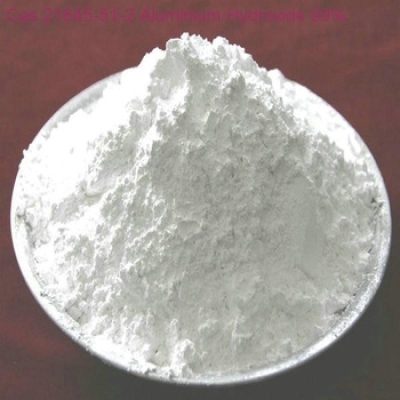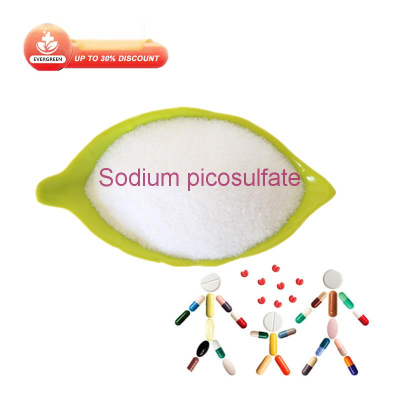-
Categories
-
Pharmaceutical Intermediates
-
Active Pharmaceutical Ingredients
-
Food Additives
- Industrial Coatings
- Agrochemicals
- Dyes and Pigments
- Surfactant
- Flavors and Fragrances
- Chemical Reagents
- Catalyst and Auxiliary
- Natural Products
- Inorganic Chemistry
-
Organic Chemistry
-
Biochemical Engineering
- Analytical Chemistry
- Cosmetic Ingredient
-
Pharmaceutical Intermediates
Promotion
ECHEMI Mall
Wholesale
Weekly Price
Exhibition
News
-
Trade Service
Gallstones may not be unfamiliar to many people, and there may be friends or relatives around us who suffer from gallstones
There are not a few people who have this doubt
According to statistics, cholelithiasis is the most common digestive system disease, and its prevalence rate is as high as 10% to 15%
So, are gallstones really asymptomatic?
01 Beware! Symptoms of gallstones
Regarding cholecystolithiasis, let's first dispel everyone's misconceptions about the symptoms
So, what are the symptoms of gallstones?
First, cholecystitis itself can cause pain
Generally, after a greasy diet, a high-protein diet, drinking alcohol, or at night, distending pain in the right upper quadrant or middle upper quadrant occurs, and the persistent dull pain can be aggravated intermittently;
Second, gallstones can cause biliary colic
When the stone is incarcerated in the neck of the gallbladder or the small gallbladder stone falls into the common bile duct, it can cause biliary colic.
Furthermore, gallstones can cause indigestion
Many people regard this symptom as a "stomach disease", mainly because more than 60% of patients will have epigastric distention and pain with unclear positioning, and sometimes nausea and vomiting, fullness, heating and other symptoms
Therefore, the symptoms caused by gallstones should be understood from these three aspects
02Cholecystolithiasis, a complication that has to be faced
Gallstones themselves are not terrible, the scary thing is that gallstones can cause its complications
The most common complication is secondary choledocholithiasis, and whenever a small stone falls into the common bile duct, it will cause secondary choledocholithiasis;
At the same time, gallbladder stones can also cause biliary pancreatitis.
In addition, there are a relatively small number of gallbladder stones that "rotten through" the common bile duct, and even "rotten through" the duodenum, small intestine, and colon, which can cause complex pathological states such as jaundice, intestinal obstruction, and gallbladder-digestive fistula.
Not only that, gallbladder stones can also cause gallbladder cancer, and 70-80% of gallbladder cancers are related to gallbladder stones
Therefore, in the process of diagnosing and treating cholecystolithiasis, do not drag simple cholecystolithiasis and cholecystitis into complex diseases
03 These high-risk groups
cholecystectomy required
So what should I do if I have gallstones? Under what circumstances do we need a gallbladder removal surgery?
As we mentioned earlier, we need to be vigilant when there are three symptoms.
Generally, there are three main types of surgery that can be considered:
The first one is a single gallbladder polyp ≥ 1 cm, which requires surgical resection regardless of whether there is gallbladder stones; cholecystectomy should also be considered for patients with combined gallbladder polyps, although less than 10 mm, 5-10 mm
.
Because, they will affect each other, and also lead to a high incidence of gallbladder cancer
.
Second, there are risk factors for gallbladder cancer.
Patients with gallbladder stones with a diameter of more than 3 cm have a greatly increased risk of gallbladder cancer; atrophic cholecystitis is also a precancerous lesion; if there is already uneven thickening of the gallbladder wall, it also includes Adenomyosis of the gallbladder, adenomyosis is also a precancerous lesion
.
These are high-risk factors for gallbladder cancer, all of which require timely removal of the gallbladder
.
The third type is patients with complications.
For example, diabetic patients have poor immunity and anti-infection ability.
Diabetic patients have gallstones, regardless of whether they have pain or symptoms.
From a medical principle, the gallbladder should be Excised; liver cirrhosis combined with gallbladder stones, cirrhosis patients are prone to gallbladder stones, liver cirrhosis has portal hypertension, poor coagulation function, and it is easy to cause bleeding in the liver wound during the operation.
Danger to life
.
Therefore, when liver cirrhosis is complicated with gallstones, cholecystectomy should be performed when the factors are controllable when the liver cirrhosis is not serious
.
Here, it should be noted that the elderly over 60 years old, combined with hypertension or cardiopulmonary insufficiency, etc.
, should actively remove the cholecystectomy if cholecystitis with gallstones occurs
.
Many people are apprehensive about resections, but they don't have to be
.
At present, cholecystectomy has a history of more than 100 years.
Evidence-based medicine has proved that it is safe and feasible, and the impact on the body after cholecystectomy is very small
.
Of course, there are other surgical options besides cholecystectomy
.
Laparoscopic minimally invasive cholecystectomy is currently the "gold standard" surgical method for the surgical treatment of gallbladder stones.
The advantage of this type of surgery is that the recovery is fast
.
At present, gallbladder-preserving lithotripsy surgery is also a hot topic, but it should be reminded that the postoperative recurrence rate of patients with this surgery is quite high, because the gallbladder itself has a pathological basis for calculi.
.
1.
In-depth research on the diagnosis and treatment of cholelithiasis, hepatolithiasis, hepatobiliary, pancreatic and digestive tract tumors;
2.
Proficiency in pancreatoduodenectomy, pancreatic cancer radical resection, liver resection, gallbladder cancer and cholangiocarcinoma radical resection;
3.
Good at laparoscopic minimally invasive surgery, such as laparoscopic hepatobiliary, pancreatic and spleen surgery, radical gastrointestinal tumor resection, abdominal wall hernia repair, etc.
;
4.
Treatment of critically ill patients: severe pancreatitis, severe cholangitis, biliary tract injury, severe liver rupture,
etc.







